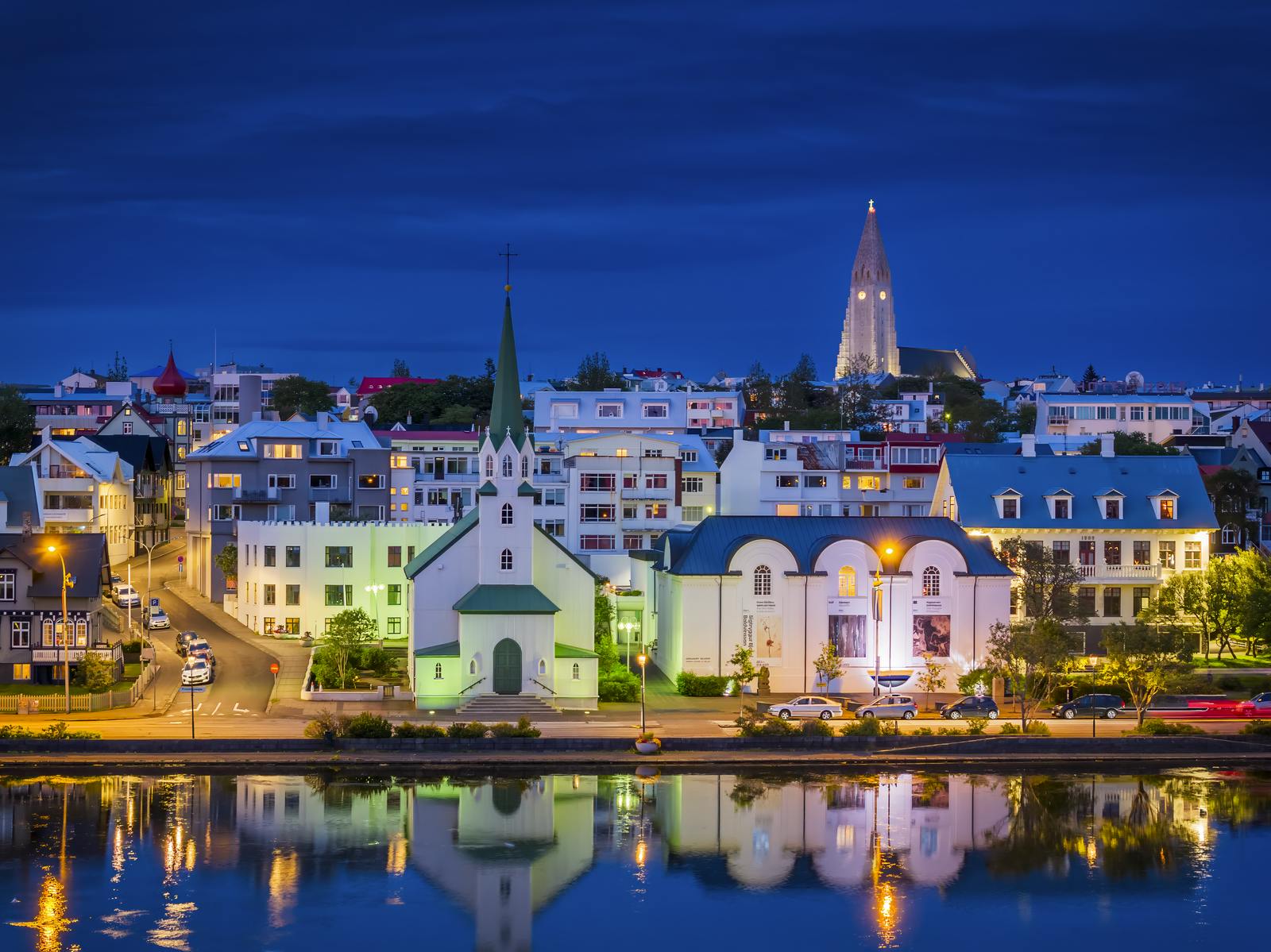
Things To Do In Reykjavík In September
If you're coming to visit us in September, then welcome — and congratulations! You've wisely chosen the shoulder season between the tourist mayhem of summer and the formidable Icelandic winter, and you'll find no end of things to do in Reykjavík in September.
Beer, folk and film festivals
The Icelandic word "vaka", meaning "wake" or "vigil", refers to the old practice of performing songs and poetry and is now the name of Reykjavík's annual festival of Icelandic folk culture. Taking place at locations around the city for three days starting on September 15th, the 2024 festival will include performances of music and poetry, feasting and dancing, workshops and talks. Make sure that the Vaka Festival is on your list of things to do in Reykjavík in September.
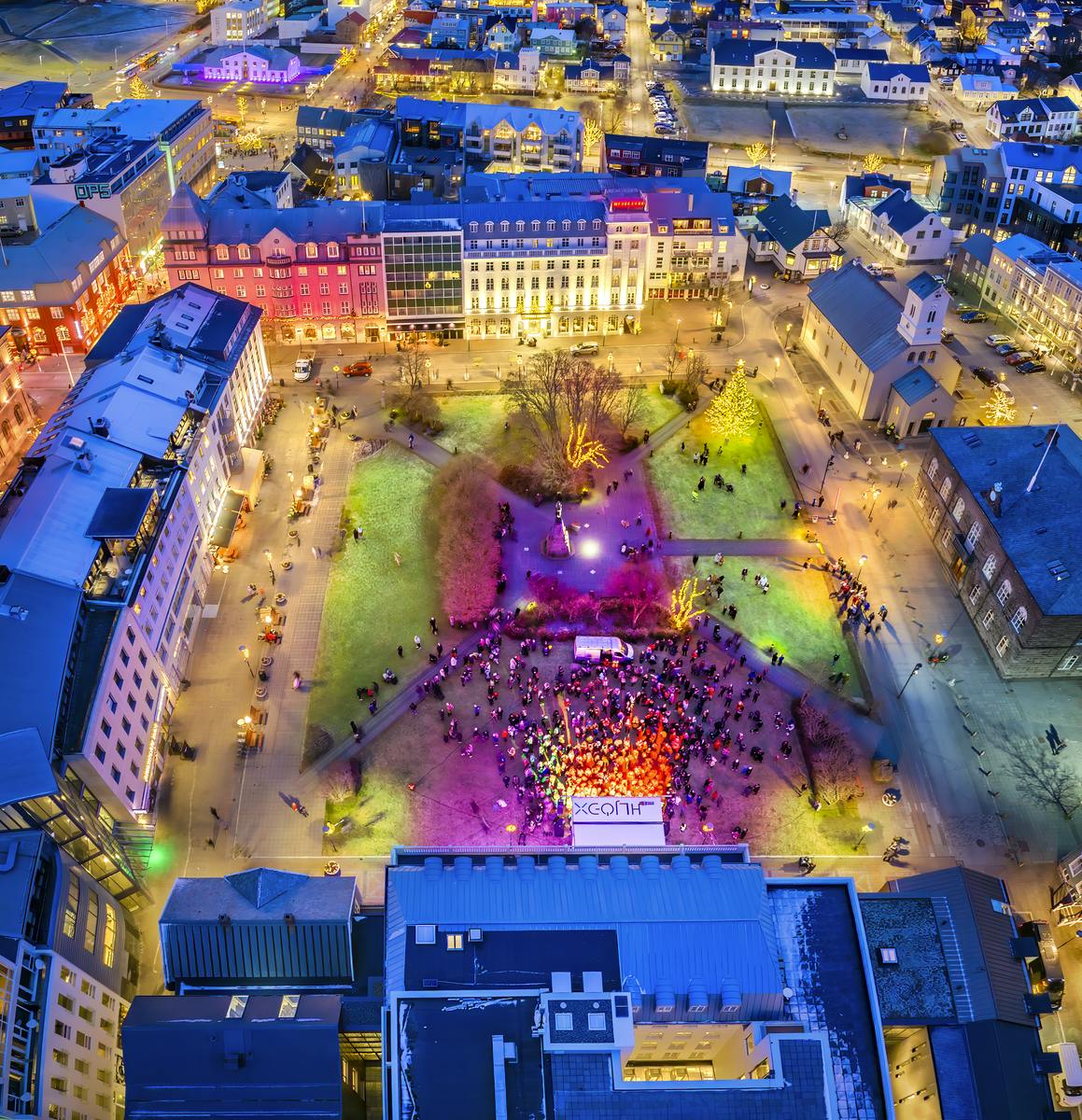
The Reykjavík International Film Festival offers creativity of a different kind, an annual event which runs for eleven days starting on September 26th 2024. It's one of Iceland's largest cultural happenings, attracting contributions and visitors from around the world. And the coveted prize in its filmmakers' competition is called The Golden Puffin; how very Icelandic!
Every year Reykjavík's Háskoli Islands (University of Iceland) holds a beer and music festival to welcome new students. However, over the years, the event has been such a success that it has been open to non-students, too. The September festival — called Oktoberfest, in a hilarious masterstroke of student humour — is now a fixture in the city's musical calendar around the early part of the month.
Chasing sheep and picking fruit
Venture a little beyond the city limits, and you might find that September offers opportunities to connect with Iceland's farming culture, which is still a strong part of our national identity.
Icelandic sheep are allowed to roam the hills freely during the summer, and then in September the whole local community joins together for the activity of réttir. The sheep are gathered together and herded back to town, where they are sorted, identified and returned to their owners for the winter.
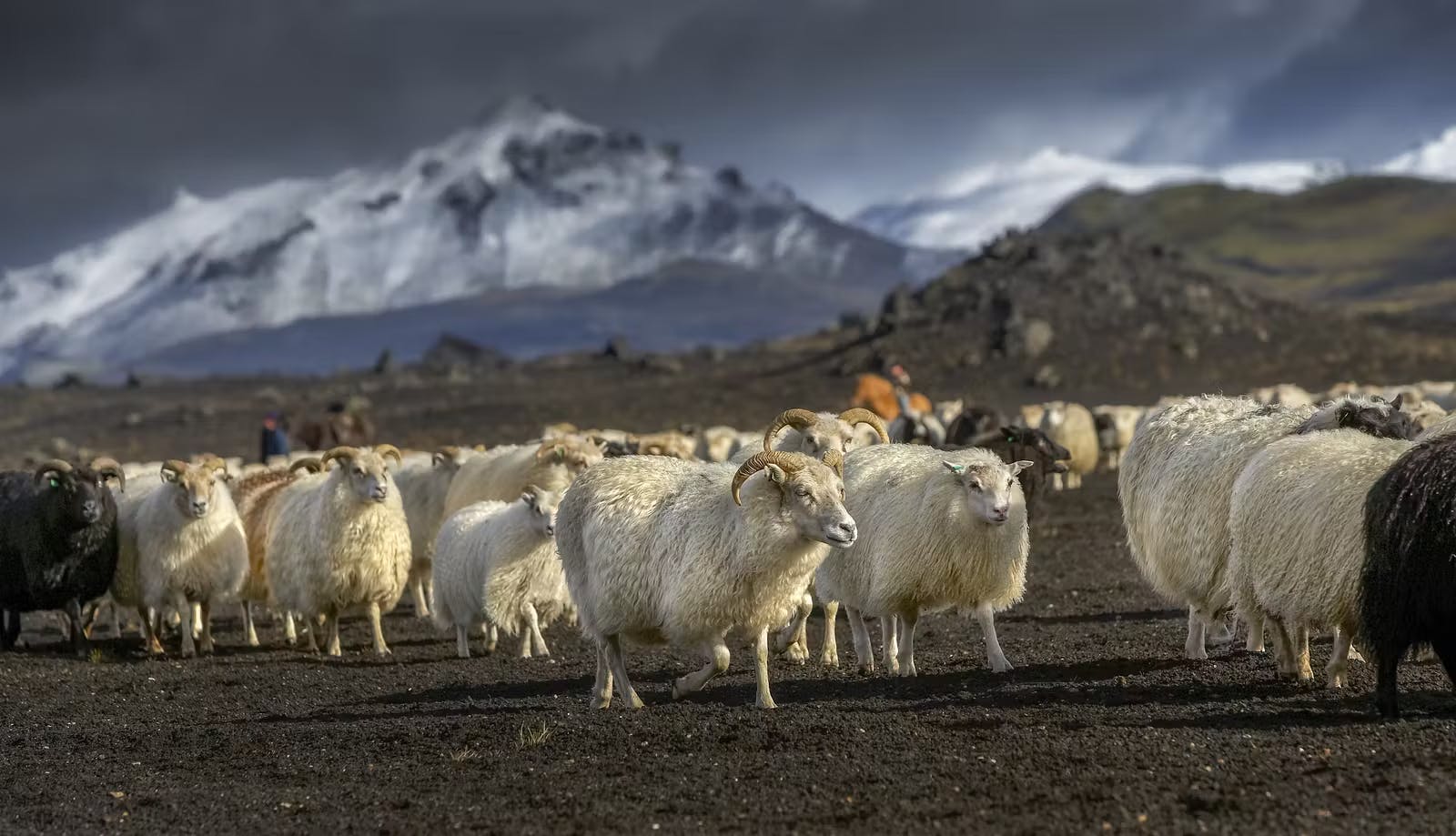
In previous times, réttir served as an important annual social hub for farmers who often lived quite isolated lives, and some of that tradition persists today. You can watch réttir taking place and possibly even join in, especially if you have prior experience of herding livestock from vehicles or on horseback.
While in the countryside, you should add the tradition of berjamó to your list of things to do. Soft fruits such as blueberries, bilberries and crowberries grow wild in Iceland, and there is no better way to relax in the autumnal Icelandic countryside than picking your own to go with a nice bowl of skyr, the famous Icelandic yoghurt.
The legendary Golden Circle
And while we're out of the city, we should mention Iceland's holy trinity of tourist attractions, which lie around a road route called The Golden Circle. Þingvellir National Park, Gullfoss Waterfall and the spouting geysers of Geysir are all within striking distance of the capital and should definitely feature on your list of things to do in Reykjavík in September.
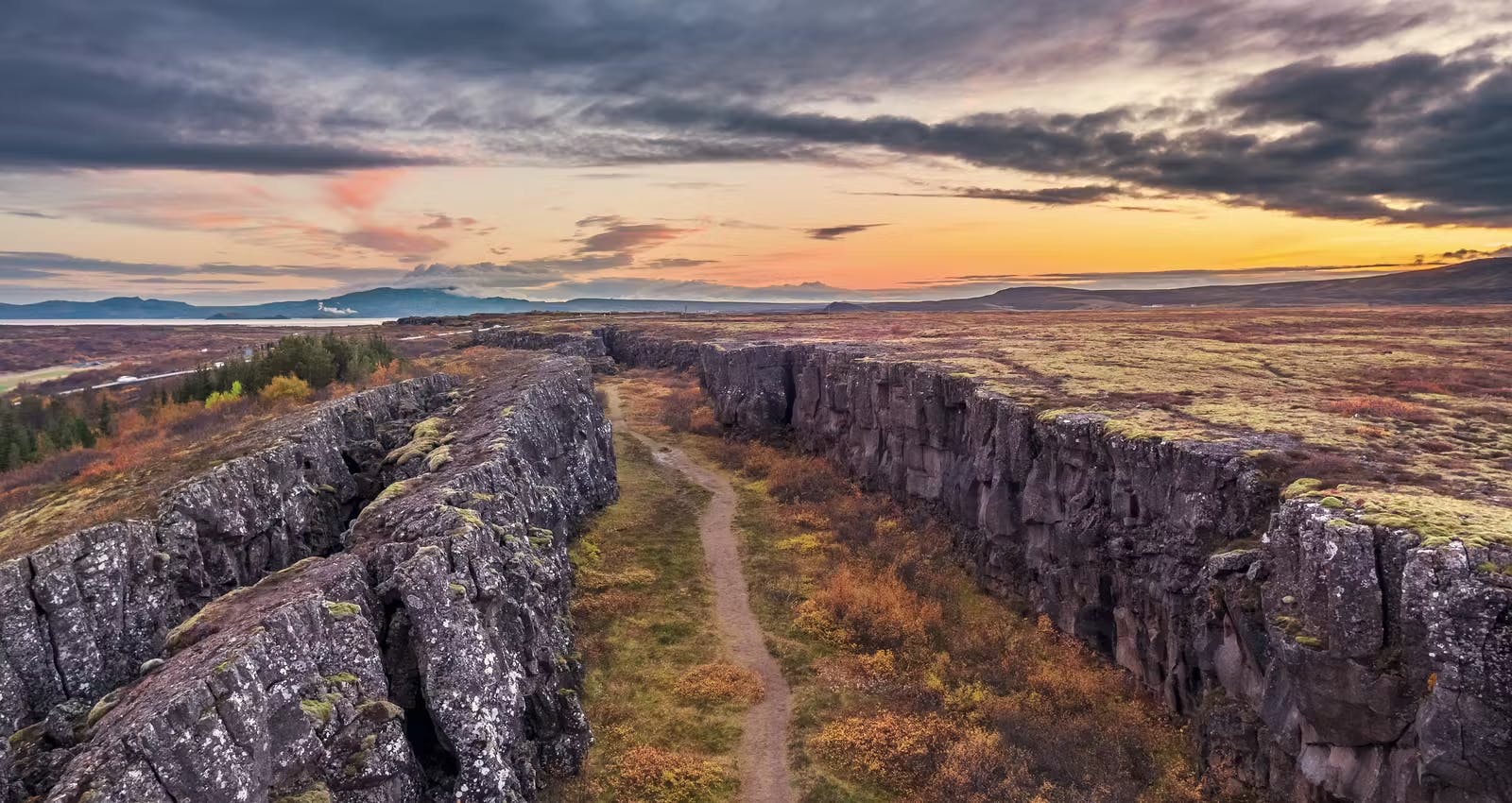
Why September? Well to be honest these sights should be high on your list at any time of year. But September is optimal as you'll miss the crazy crowds of July and August, but the lack of snow should make a road trip from Reykjavík nice and easy. And if you don't fancy driving, there are numerous tours which will pick you up from the capital and take you around the three attractions in a day.
But before you take in these three natural Icelandic wonders, pay a visit to Perlan first to learn more about the history and science behind them. Our interactive Water In Icelandic Nature exhibit will give you insights into the importance of freshwater features such as Gullfoss. And our Forces Of Nature exhibit will give you insights into what causes the Strokkur geyser at Geysir to spurt water 20 metres into the air every 10 minutes, and what leads the huge rifts in the rocks at Þingvellir to grow year after year.
If you are planning a trip to Reykjavík in August 2026, it will be a prime location for experiencing the Solar Eclipse 2026 in Iceland.
Last call for kayaking
If you like watersports, September is your last chance to get in a kayak to get closer to Icelandic nature before Jack Frost arrives, making it all a bit too uncomfortable.
On the north bay of Reykjavík is the Geldinganes Peninsula, a sheltered spot which usually offers calm conditions for pottering around in a kayak and looking at the shoreline and seabirds. If you're lucky and go early in the month, you might catch the last of the Faxaflói Bay puffins before they migrate south.
And outside the capital, but well within reach of a day tour, is Stokkseyri — a small village which serves as a base for kayaking in a nearby series of lagoons.
A stroll in a fall forest
Thanks to the wood-hungry habits of our country's early settlers, there aren't nearly as many trees on our island as there used to be. The Norsemen's requirements — timber houses and boats, wood to use as fuel and cleared land upon which to graze livestock — all meant that they were a bit axe-happy back in the day.
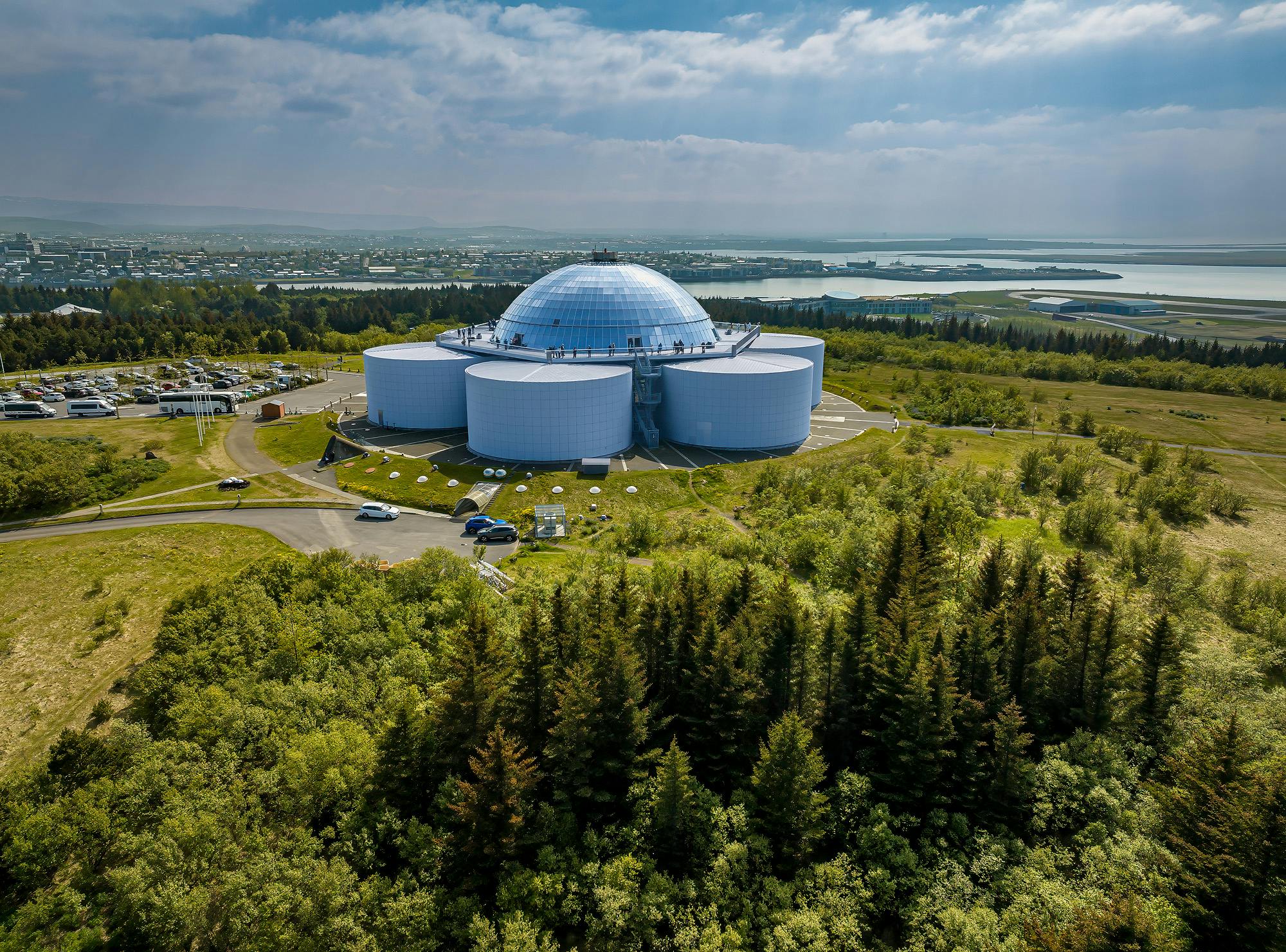
But Öskjuhlíð, the hill underneath Perlan, benefited from an extensive tree-planting programme in the 1950s and now boasts a mature pine and birch forest, a rare thing in Iceland. The mix of deciduous and coniferous trees means that, if your timing is right, a stroll up Öskjuhlíð can give you a fall foliage experience well worth the effort.
And when you reach Perlan take in the stunning view from our observation deck, (a treat you won't find in many other places in low-rise Reykjavík), along with a coffee and a piece of cake from our fifth-floor cafe.
FAQ
Is September a good month to visit Reykjavík?
In keeping with Iceland's turbulent weather, which can turn on a dime, the transitions between seasons here are often abrupt. Indeed, the old Norse calendar had only two seasons: summer and winter. There was no spring or fall.
September is the transition month, so any fleeting fall season experienced by Icelanders takes place then. The summer tourist hordes have thinned out, and the midnight sun has gone, but the full-on frigid darkness of the Icelandic winter has yet to settle, making September an excellent time to visit Reykjavík.
Can I see the northern lights in Iceland in September?
Given that you need dark skies to see the northern lights (aurora borealis), the return of long dark nights to our island drastically improves your chances. This month is generally considered the start of the northern lights season after the summer break, and many aurora-spotting tours start up again at this time of year.
Also improving your odds is the fact that the autumnal equinox takes place on September 22nd in 2024. On this day the axis of the earth is at right angles to the stream of charged particles — the solar wind — which causes the aurora when it hits our atmosphere. This orientation makes the lights more likely to occur, giving you a good chance of seeing them in September.
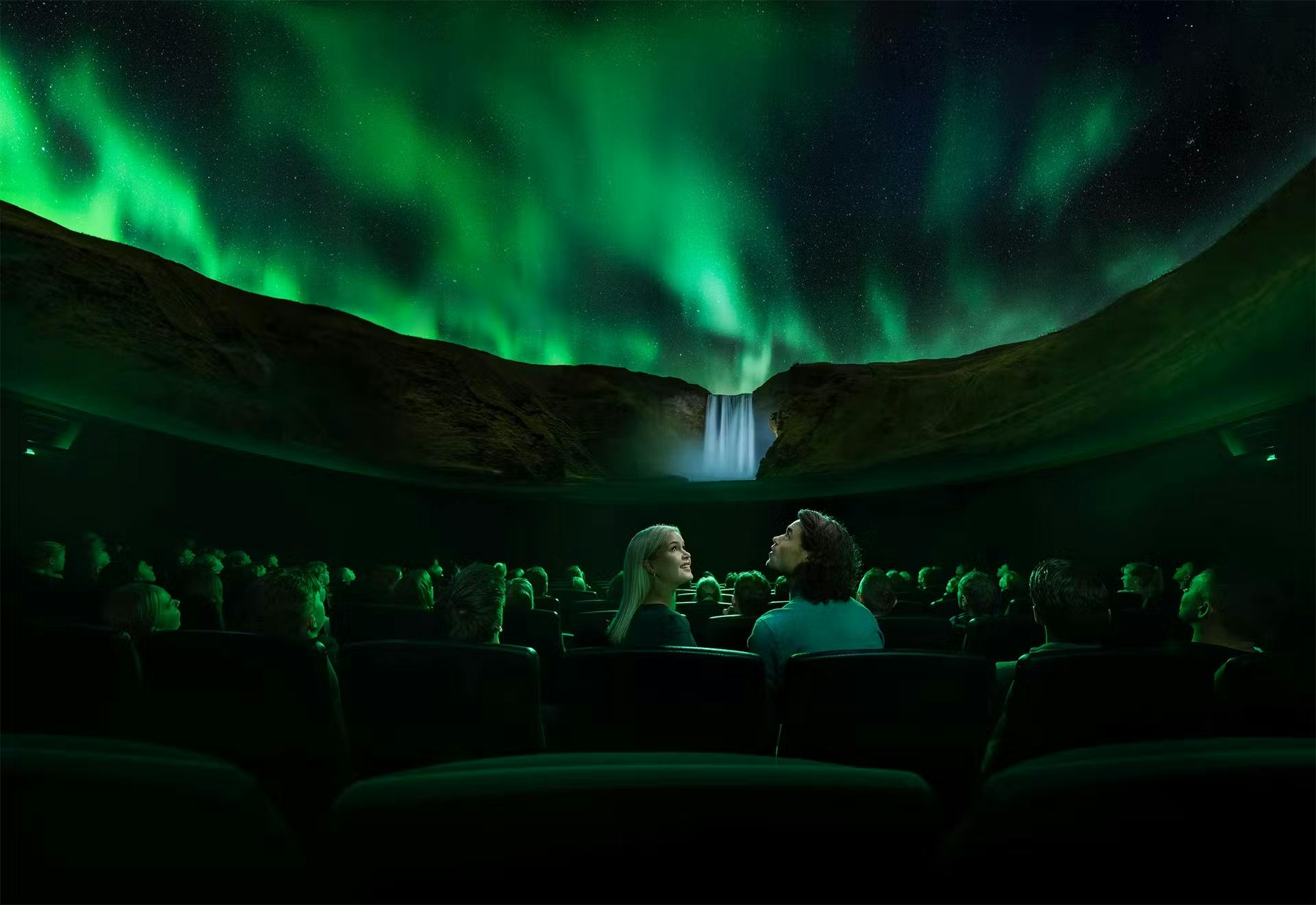
Choose a night when there is minimal cloud cover, get yourself as far away as possible from sources of urban light, and be prepared to watch the skies and wait. If you're unlucky in your hunt, you can always catch the Áuróra show at Perlan, where we bring you the aurora borealis via a stunning high-definition light and sound experience in Iceland's only planetarium. And even if you do catch them in the wild, join us anyway to hear how the ancients wove myths and legends around the lights, and to learn about the science behind them.
How should I dress in Iceland in September?
As always in Iceland, assume nothing about the weather; it can change from bright sun to torrential rain — and back again — in the space of five minutes.
September is the wettest month of the Icelandic year, so you'll definitely need a good waterproof jacket and trousers if you intend to spend any time outdoors. Under your waterproof outer shell, think in terms of layers: merino or athletic base items topped off with activewear such as fleeces and shells that can come off and on again as the weather changes.
Good walking boots are a must, as heavy rain can quickly produce deep puddles and turn grassy areas into slippery mud. And since the average temperature is a modest 8°C (46°F), you'll also need warm gloves and a hat. Don't expect snow at low altitudes, but you can expect it to feel chilly, especially after sundown. You'll never regret taking a warm down coat or jacket to Iceland; the clue is in the name of the country.








